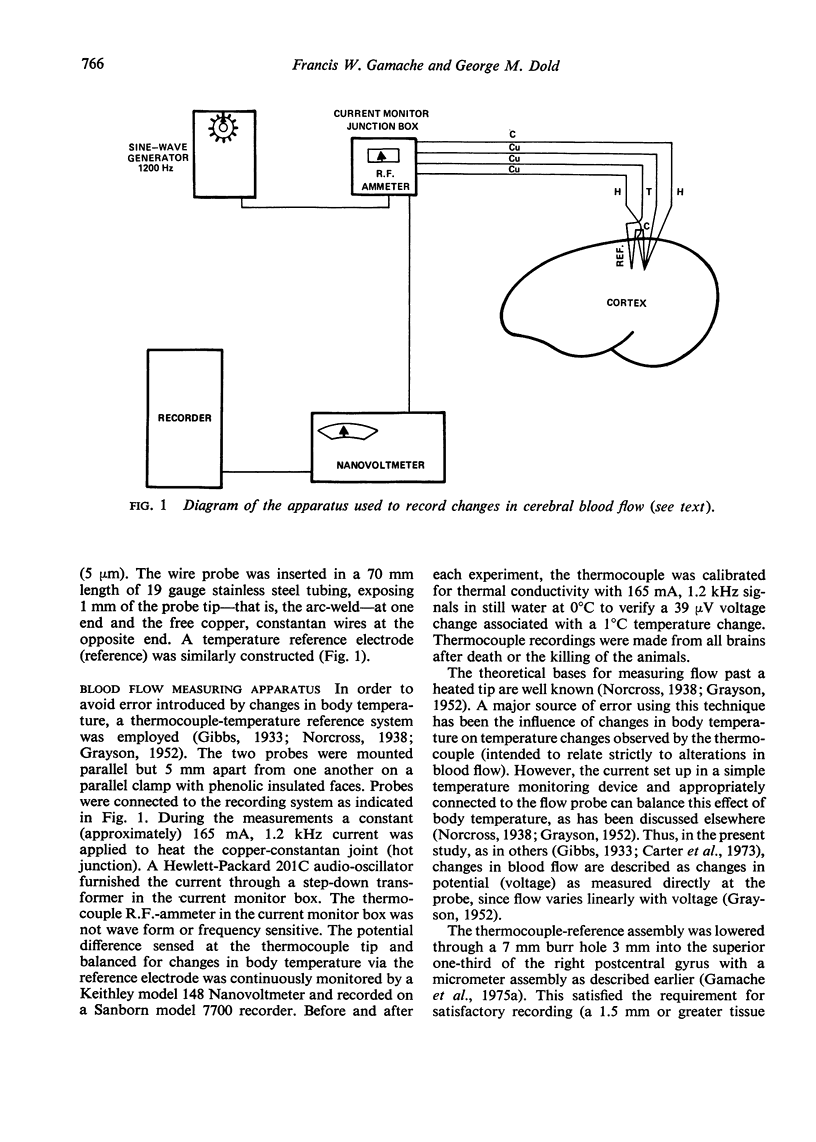Abstract
Alterations in cerebral blood flow produced by controlled episodes of hypotension were studied in 12 juvenile monkeys using a thermocouple techique. The qualitative changes observed agreed closely with those obtained from an earlier study employing [14C]antipyrine autoradiographic methods. The present study extends the validity of the earlier antipyrine investigations by means of the continuous recording. The advantages and disadvantages of the thermocouple technique are examined.
Full text
PDF





Selected References
These references are in PubMed. This may not be the complete list of references from this article.
- Carter L. P., Atkinson J. R. Cortical blood flow in controlled hypotension as measured by thermal diffusion. J Neurol Neurosurg Psychiatry. 1973 Dec;36(6):906–913. doi: 10.1136/jnnp.36.6.906. [DOI] [PMC free article] [PubMed] [Google Scholar]
- GRAYSON J. Internal calorimetry in the determination of thermal conductivity and blood flow. J Physiol. 1952 Sep;118(1):54–72. doi: 10.1113/jphysiol.1952.sp004772. [DOI] [PMC free article] [PubMed] [Google Scholar]
- Gamache F. W., Jr, dold G. M., Myers R. E. Changes in cortical impedance and EEG activity induced by profound hypotension. Am J Physiol. 1975 Jun;228(6):1914–1920. doi: 10.1152/ajplegacy.1975.228.6.1914. [DOI] [PubMed] [Google Scholar]
- Reivich M. Regional cerebral blood flow in physiologic and pathophysiologic states. Prog Brain Res. 1972;35:191–228. doi: 10.1016/S0079-6123(08)60093-X. [DOI] [PubMed] [Google Scholar]


